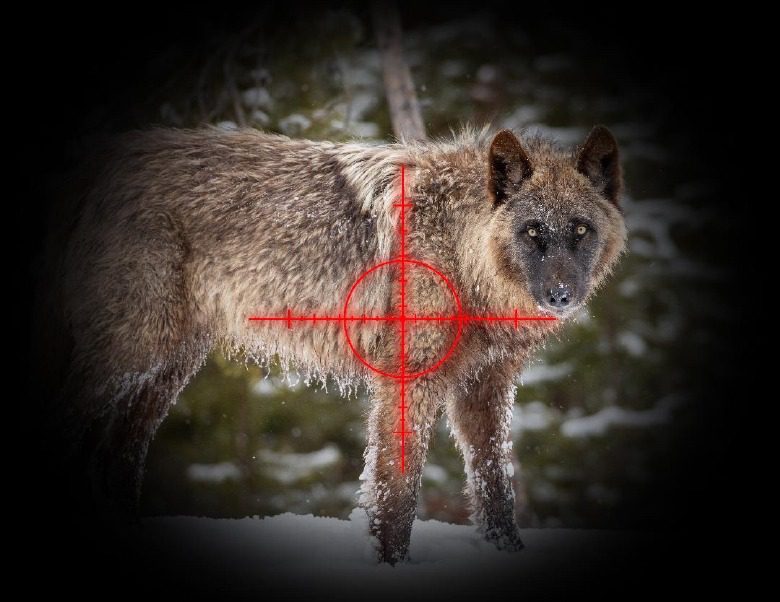Current work in wildlife, rivers, public lands, and climate
Press Releases
Montana puts Yellowstone wolves in the crosshairs
Last month, Montana not only eliminated any cap on the number of wolves that can be killed in hunting and trapping zones bordering Yellowstone National Park and Glacier National Park, but individuals can now kill a total of 10 wolves per season. New regulations also allow unethical baiting for wolves statewide, including within federal public lands and Wilderness areas. Night hunting with artificial lights or night vision scopes is also allowed on private lands statewide.
“Despite a groundswell of public opposition from individuals across Montana, the nation, and world, Montana has declared open season on wolves in the state, clearing the way for nearly 50% of the state’s wolf population to be decimated in the upcoming hunting and trapping season,” said Sarah McMillan, the Montana-based conservation director for WildEarth Guardians.
“Yellowstone’s wolves are nationally and internationally famous and the biological role these iconic wolves play within the Greater Yellowstone Ecosystem is priceless. Yet starting today, an individual can slaughter up to ten Yellowstone wolves for just $12,” explained McMillan.
The general wolf hunting season in Montana runs for the next six months, until March 15, 2022, while the wolf trapping and snaring season will start on November 29, 2021 and also run until March 15, 2022.
In response to the on-going slaughter of wolves, in June, WildEarth Guardians and a coalition of fifty conservation groups asked the U.S. Fish and Wildlife Service to immediately restore Endangered Species Act protections to gray wolves in the northern Rocky Mountains. In July, Guardians and allies also petitioned the Biden administration to list the Western North American population of gray wolves as a distinct population segment. Over 120 Tribes have signed “The Wolf: A Treaty of Cultural and Environmental Survival,” and have called on Interior Secretary Haaland to meet with a Tribal delegation regarding the Treaty and to reinstate protections for wolves. So far, the Biden administration has failed to take any steps to protect wolves.
“As we clearly warned would happen, state ‘management’ of wolves essentially amounts to the brutal state-sanctioned eradication of this keystone native species,” said McMillan. “We must not abandon wolf-recovery efforts or allow anti-wolf states, hunters, and trappers to push wolves back to the brink of extinction.”
Montana’s hunting regulation changes come on the heels of the Biden administration doubling down on its commitment to keep all wolves federally delisted, despite the massive public outcry. In August, the U.S. Fish and Wildlife Service filed a brief in federal court opposing legal efforts from multiple environmental groups—including WildEarth Guardians, Western Environmental Law Center, and Earthjustice—to challenge the federal delisting rule. This case is set for oral arguments in Northern California District Court in November 2021. As the Northern Rocky Mountain population of wolves was delisted by an act of Congress in 2011, the outcome of this litigation will not impact wolves in Montana.
Gray wolves became functionally extinct in the lower 48 states in the 1960s largely due to rampant hunting and trapping, including deliberate extermination efforts carried out by the federal government. Though first listed as endangered in 1967 under a precursor to the Endangered Species Act, gray wolves only began to recover in the West following reintroductions to central Idaho and Yellowstone National Park in the mid-1990s. Scientists estimated a steady population of about 1,150 wolves in Montana between 2012 and 2019. However, hunters and trappers killed 328 wolves in Montana during the 2020-2021 season, and the Montana Department of Fish, Wildlife and Parks now estimates that only 900 to 950 wolves remain in the state. The total wolf-kill quota for the 2021-2022 hunting and trapping season in Montana is 450, meaning that nearly 50% of the wolf population in Montana could be eliminated in the next six months.

Gray wolf photo by Jacob W. Frank/NPS; graphic element added by Gus O’Keefe.